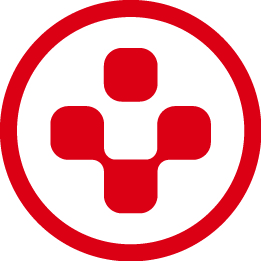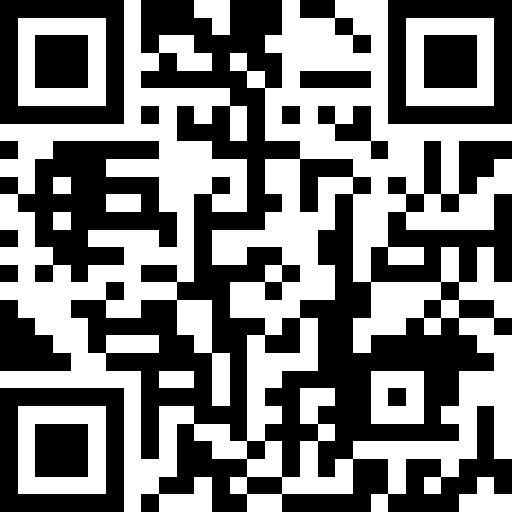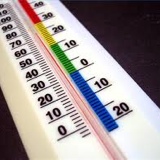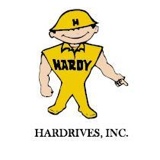Information
-
Document No.
-
Department
-
Conducted on
-
Prepared by
-
Personnel
Fire Safety
-
1. Are exit doors and stairwells clear? <br>Main, corridor, and stairwell exits cannot be blocked.
-
2. Are exit doors clearly marked "exit" and illuminated?<br>Check for burnt out bulbs.<br>EC.02.05.03
-
3. Do fire doors latch properly?<br>Close the fire doors to see if they latch properly and see that there is no gap<1/8 inch in the middle.<br>EC.02.03.05<br>LS.02.01.10<br>NFPA 101<br>
-
4. Are corridors and passageways free of obstructions? <br>The corridors can have mobile items (wheels on them) that are emergency needed items and are in use. (8 ft corridor and 6 in projections followed with nothing remaining in the hall <30 min)<br>EC.02.05.07<br>LS.02.01.20<br>LS.03.01.20<br>
-
5. Are pull stations or fire extinguishers unlocked and obstructed?<br>There must be nothing to obstruct access.<br>EC.02.03.01<br>EC.02.03.05<br>NFPA 101<br>
-
6. Are doors propped / held open? <br>Doorstops or homemade held open devices are not allowed.<br>EC.02.03.05<br>NPFA 105<br>NPFA 80<br>
-
7. Are materials stored a minimum of 18 inches from sprinkler deflectors?<br>The distance between sprinkler deflector and stored items is 18 inches for sprinkled buildings. Check storage rooms, med rooms, patient rooms, etc.<br>LS.02.01.10<br>LS.03.01.35<br>
-
8. Are stored rooms and equipment rooms free from clutter and unsafe conditions?<br>Make sure that items are not falling down or overstocked. Can you confirm there is no storage on the floor, including closet floors?<br>EC.02.06.01
-
9. Do fire extinguishers have monthly and yearly checks?<br>
-
10. Are linen, trash, and recycle bins < 32 gallons?<br>LS.02.01.70
-
11. Sprinkler heads clean and free from debris?
Fire Safety Staff Knowledge Questions
-
12. Does staff know the meaning of R.A.C.E.?
-
13. Does staff know the location of exit route?
-
14. Does staff know the meaning of P.A.S.S.?
Utilities Physical Inspection
-
15. All lighting is operational?
-
16. Can you confirm there is no storage under the sink?<br>UT 3. EC.01.01.01
-
17. Is there at least 36” of clearance from electrical panels, fire and pull stations? Are electrical panels locked?<br>LS.02.01.20<br>NFPA 101<br>
-
18. Are all mechanical, electrical, janitorial, communications rooms clean with no storage?
-
19. Is Med Gas, O2 shut off location labeled and clear of obstruction?<br>EC.02.05.07<br>EC.02.05.09<br>
Utilities Staff Knowledge Questions
-
20. Does staff know how to identify an emergency outlet? (Red outlets are fail-safe)
Safety & Security Management Physical Inspection
-
21. Are floors and hallways in good condition?
-
22. Walls are free from damage (chips, scuffs, or gouges)?
-
23. Are ceiling tiles clean, stain free, and in good condition?<br>Indicate where these bad tiles are located in the comments.<br>EC.02.06.01
-
24. Are heavy items stored at low levels or mid levels in storage?<br>Make sure heavy items are stored at waist level or lower shelves.
-
25. Is there an Emergency Operations Plan available? Check area for red emergency procedures guidebook.
-
26. Are staffs personal items properly secured?<br>RI.01.01.01
-
27. Are all employees wearing their I.D badges properly?
-
27. Does area have access control or intercom system and are the functioning properly?
-
28. Are medications kept in locked rooms?
-
29. Are compressed gases stored properly?
-
30. Does security access exist for med rooms, nuclear hot lab, procedural areas, (including NICU)?
-
31. No space heaters present
Safety & Security Staff Knowledge Questions
-
32. Does staff know what a tornado watch and a warning are? (Code gray and code black)
-
33. Does staff know how to contact Security? 5550 non-emergent, 2222 for emergency
Hazardous Materials & Waste
-
34. Is medical waste kept in red biohazard bags or containers? Bags no filled more that 3/4 full?<br>CMS 482.42
-
35. Are appropriate procedures, instructions, or directions available for obtaining MSDS? MCL intranet page, HAZSOFT link.
-
36. All chemicals contain a manufactures label? Ensure all containers have a label.<br>EC.02.02.01<br>EC.04.01.01
Medical Equipment Physical Inspection
-
36. Does equipment have cords in good condition (no cracks or exposed wires)?
-
37. Are all medical equipment inspection tags current?<br>EC.02.04.01<br>EC.02.04.03<br>
Infection Control Physical Inspection
-
38. Hand-washing soap dispensers are in place and filled?
-
39. Alcohol hand sanitizers are in place and not expired?
-
40. PPE (gloves, gowns, face masks, protective eyewear, and respirators are readily accessible?
-
41. Is microwave clean?
-
42. Is refrigerator clean?
-
43. No dirty equipment in clean storage. No clean (bagged) equipment in Soiled Utility.<br>EC.01.01.01<br>
-
44. Clean linen is covered?
-
45. Sharps containers are <2/3 full?
-
46. Food items in refrigerators/cabinets/freezers are not opened or uncovered or outdated? Patient food is labeled.
-
47. Supplies stocked have not reached their expiration date?<br>MM.03.01.01<br>MM.05.01.19
-
48. Open multi-use vials/containers dated and have not reached their expiration dates? Glucometer test strips dated: Open date and exp date 6 mo after opened. Controls dated: Open date and 3 mo after opened.
-
49. Precaution signs are posted clearly on patient doors?
-
50. Hand hygiene is performed according to policy?
-
51. Behavior - eating, drinking, applying cosmetics in work areas where there is reasonable likelihood of exposure to blood/body fluid?<br>NPSG 07.03.01
-
52. Ice machines are clean and free of rust, dirt and stains?
-
53. High dust areas, computer carts are dust free, top of monitors are dust free, Arjo equipment is clean, data-scopes are clean, pill crushers are clean, carpet is free of tears, and etc. these are examples the list can include other items depending on the unit.














